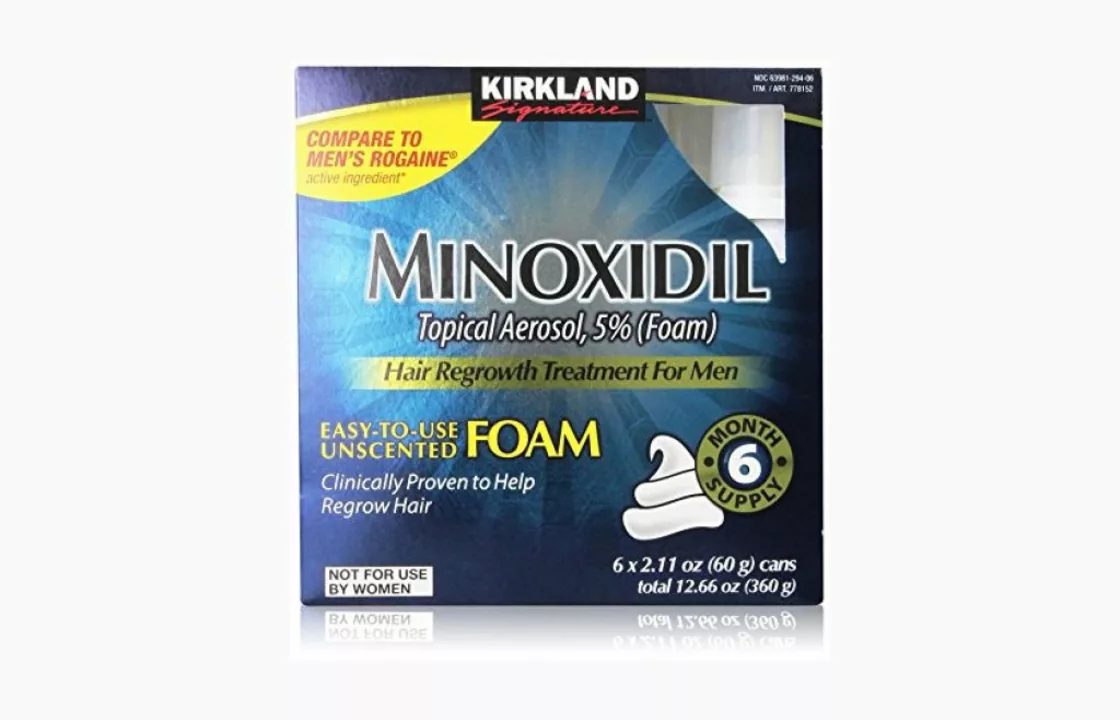Topical Medications: What They Are and How to Use Them Safely
If you’ve ever bought a cream for a rash or a gel for joint pain, you’ve used a topical medication. Unlike pills that travel through your whole body, topicals stay where you apply them. That makes them great for targeting skin problems, muscle soreness, or localized inflammation without affecting other organs.
People choose topicals because they often have fewer side effects and work fast on the surface. A few drops of a menthol gel can cool down a sore elbow in minutes, while a steroid cream can calm an itchy eczema flare in hours. The key is picking the right product for your symptom and following simple safety steps.
Why Choose Topical Treatments?
First off, topicals let you control the dose. You apply exactly what you need, so there’s less chance of overdosing compared to oral meds. Second, they bypass the digestive system, which means fewer stomach upset or liver strain.
Third, many topical products are available over the counter, so you don’t always need a prescription. This makes them handy for quick fixes—think acne gels, anti‑itch creams, and pain‑relief patches. Finally, because they work locally, they’re often recommended when doctors want to avoid systemic drug interactions.
Common Topical Medications and How to Use Them
Corticosteroid creams (like hydrocortisone) are the go‑to for eczema, psoriasis, or allergic rashes. Apply a thin layer to clean skin once or twice a day. Don’t cover with tight bandages unless your doctor says so; that can increase absorption and cause side effects.
Non‑steroidal anti‑inflammatory gels (such as diclofenac or ibuprofen gel) work for joint pain, sprains, or arthritis. Massage the gel into the affected area until it disappears. Wash your hands afterward to avoid accidental contact with eyes or broken skin.
Antibiotic ointments (like bacitracin or mupirocin) are useful for minor cuts and burns. Clean the wound first, then spread a thin coat. Keep the area covered with a sterile bandage if it’s still open.
Antifungal creams (clotrimazole, terbinafine) treat athlete’s foot or ringworm. Apply twice daily for the full course—usually two weeks—even if symptoms improve sooner.
Menthol or capsaicin patches give quick relief for muscle aches. Stick the patch on clean, dry skin and leave it on as directed (often up to 12 hours). If you feel a burning sensation, remove it early.
When trying any new topical, start with a small test area. Watch for redness, itching, or swelling over 24‑48 hours. If anything looks off, stop using the product and talk to a pharmacist or doctor.
Storage matters too. Keep creams in a cool, dry place and seal lids tightly. Some gels can melt if left in a hot car, which changes their consistency and effectiveness.
Bottom line: topicals are simple, fast-acting tools for many everyday health issues. Choose the right type for your problem, follow label directions, and watch for skin reactions. With these basics, you’ll feel confident picking and using topical meds without a prescription.

Minoxidil Topical vs. Oral: Which One Is Right for You?
Finnegan O'Sullivan Apr 30 17As a blogger exploring hair loss solutions, I've come across two forms of Minoxidil: topical and oral. The topical solution is applied directly to the scalp, which can be more targeted but may cause irritation for some. On the other hand, oral Minoxidil is taken as a pill, offering a more systemic approach with less local irritation. However, it may have more potential side effects. Ultimately, the right choice for you will depend on your individual needs, preferences, and any pre-existing medical conditions.
More Detail